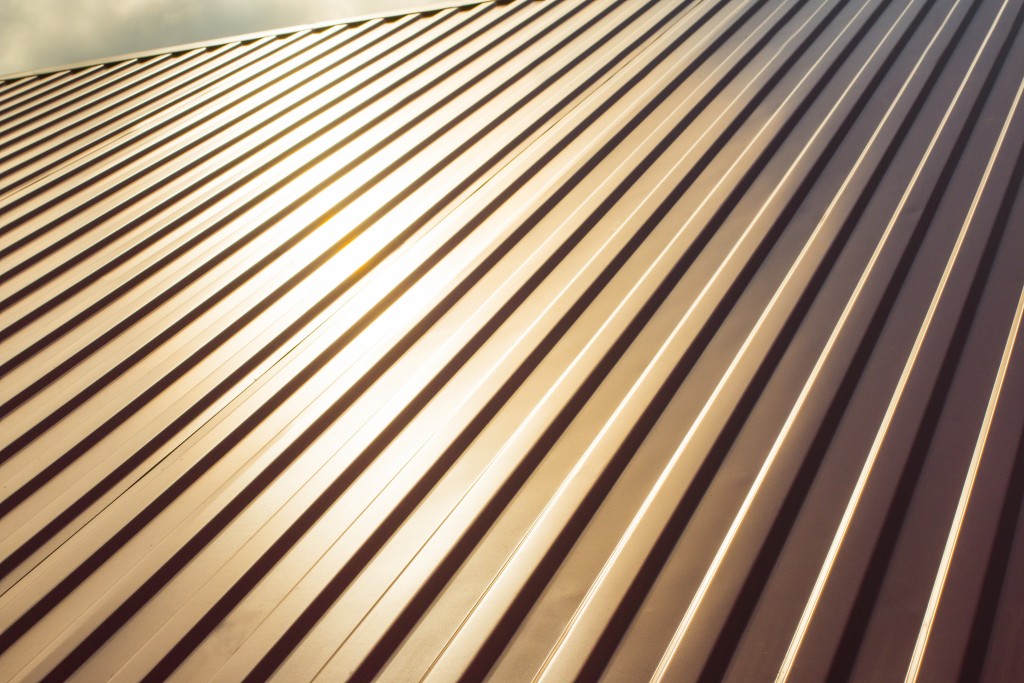Prior to the recent halt in construction because of the COVID-19 pandemic, the UK’s roofing industry was worth £6bn and employed over 35,000 people. Between 2014, when the government set up a new Planning Court to help simplify complex building regulations, and 2019, the roofing industry grew by nine per cent.
Keep Me Covered
Roofing activities include: erecting the roof structure; installation of roof covers such as tiles or metal sheets; applying roofing treatments including sealers, asphalt and anti-corrosion coatings; fixing ducts, gutters and other drainage items; the repair, maintenance and cleaning of roof coverings and materials.
Roof sheeting suppliers provide the construction industry with a variety of metal and plastic options. The design of roofs has become increasingly complex as technology and materials are improved to cope with structural issues such as load-bearing capacity, span size, wind load resistance and fire safety.
Material science has contributed to the versatility of roofing design, however, many of the traditional roof coverings remain popular. Thatch roofing is thought to date back to the Bronze Age; the first record of a slate tiled roof was in North Wales around 1300 A.D. and clay tiles were used in ancient China around 10,000 B.C. In comparison, corrugate metal sheeting is relatively young.

Roofing to span the world
Galvanised corrugated iron (CGI) sheets were invented in the 1820s by London Dock Company architect and engineer Henry Robinson Palmer. Originally made from wrought iron, improvements in design meant that by the 1890s, the sheets were made of mild steel that were hot-dipped (galvanised) in zinc to resist corrosion. Despite the extra strength by adding carbon to make steel, the name CGI remained.
Being a light, durable and stackable construction material, GCI sheets were easy to transport and suitable for prefabricated structures that could be assembled by semi-skilled workers. The material, therefore, provided a convenient material to meet the demands of the Industrial Revolution and Britain’s expanding empire, where it was used extensively in Australia, India and South Africa. It soon became a popular choice when establishing shelter at the frontiers of the USA, and during the various gold rushes in the 19th century.
Why wriggly tin?
Wriggly tin is a slang term used by the British Army to describe GCI. The word corrugate comes from the Latin ‘ruga’, which means wrinkle or crease. So, why is it corrugated? The reason is strength.
By corrugating a flat sheet of any material, the shape increases the rigidity and stiffness, end-to-end, per kilo of material used. The increased strength along the length of the sheet provides greater resistance to bending from loads. The strength in terms of width does not increase and depends on structural support such as the roof purlins. Bending forces may include wind pressure and snow loads, often referred to as ‘flexural loading’. The strength of a roofing sheet is variable depending on the material used, the width of the sheet, and the size and shape of the corrugate.
The GCI sheet is formed by running the sheet through a set of rollers. From this simple process of adding strength, ingenuity with corrugate has led to improved efficiency in aircraft design, marine construction and structural formwork for concrete. As well as its versatility, GCI sheets have scrap value and are recyclable — indications that they will remain an important construction material into the future.

